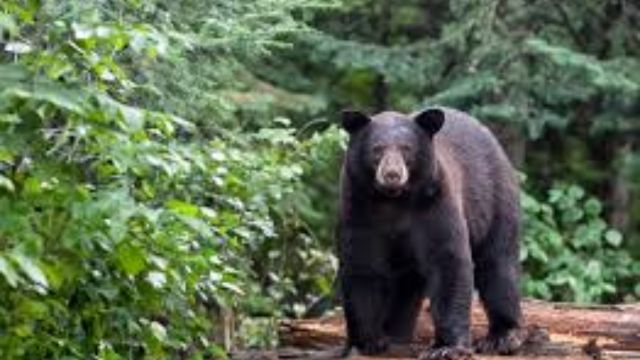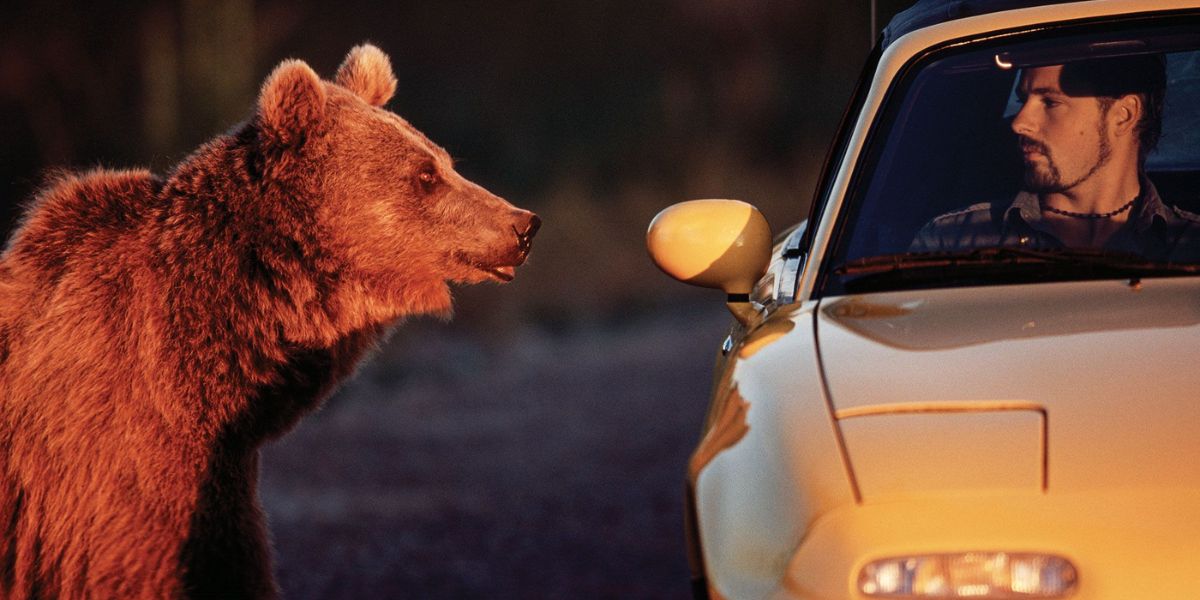California, USA —
We’ve seen the films of bears in the Sierra hiding beneath decks and sprinting down ski slopes. The states took notice of the animals in addition to social media users.
After numerous videos went viral in the past year, giving new meaning to the phrase “bear country,” the California Department of Fish and Wildlife wrote a study on the state’s bear population.
According to ABC10’s Tim Daly of California Fish and Wildlife, the number of bears in the world is far more now than it has ever been.
“We believe that there are over 60,000 people in the state of California right now, but a prior estimate from the 1990s put that number much lower at 20,000,” Daly stated.
However, that does not imply that population growth has occurred.
“We believe that these numbers are far more accurate because our numbers for studying and determining numbers are much improved,” Daly stated.

The public is one of the factors that contribute to the more accurate reporting.
Since more individuals stayed at home during the epidemic, the number of bear reports increased 160% in just the years 2021 and 2022.
SEE MORE –
Here Are The Best Arizona’s Top 10 Animal Hospitals for 2024!
A graph in the report depicts an increase in human-black bear conflict across all regions. However, there is only a 13% chance of a possible human conflict. One hot place on the list is the Lake Tahoe basin.
“They are becoming more at ease around us because, in certain cases, they are growing up knowing that the food they go and get is available in our communities,” Daly added.
Sierra Fish and Wildlife estimates that there are 15,000 bears spread across 21,000 miles in the northern section of the state.
The Homewood Bear League believes that there are 250 bears living in South Lake Tahoe alone, and while they do not track by tiny regional areas, they concur that the population is constant.
Bear League spokesperson Ann Bryant advises against calculating bear populations because doing so would frighten the public and boost requests for hunting. She claims that social media and people’s actions play a major role in sightings and encounters.
“People intentionally and illegally feed bears with bird feeders and unsecured trash, and now that social media is everywhere and there are videos everywhere, people are luring bears with them,” Bryant said. “The number of encounters is not rising. Sadly, a many of the more recent arrivals lack the common sense necessary to live peacefully and sensibly in bear country.
Fish and Wildlife plans to equip 150 additional bears with tracking collars in the upcoming year.
On this draft bear strategy, they received over 6,000 opinions from the general population. By year’s end, they aim to have the final report.
